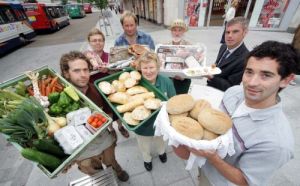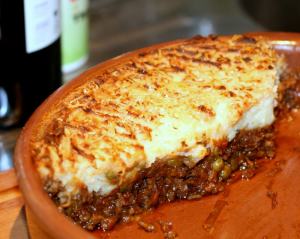When we moved from being a commercial farm that looked after the wildlife on the farm to a quality meat producer that based the whole business around managing and improving wildflower meadows and pastures, I’d like to say there was a big plan and that I knew all these positive feed-backs would materialise from the new system but to be honest we just kind of stumbled upon them.
I knew Rare hardy Breeds were ideal for less productive but flower rich pastures- but I also learned that the wildflowers contain properties that act as natural medicines – reducing my need to administer them.
I knew that Rare Breeds produced less but tasted better – but I soon learned that when they grazed wildflower pastures they took on the flavour of the orchids and wild herbs in the sward.
I soon found out that grass fed beef, lamb and mutton was nutritionally better for you but what surprised me was that corn fed or concentrate fed meat was actually harmful. Especially as I had been eating it for so long! I was then forwarded some research from a customer that had found that livestock fed on Wildflower meadows had an even better balance of essential fatty acids that just grass fed stock. More positive feed-backs.
Obviously we care about the environment and so we had been concerened about all the reports about the carbon footprint of meat so I looked into it. Common sense tells us that actually grass fed meat has to be carbon neutral. Which was another great positive feedback.
The upshot is that we have happier, healthier livestock, more marketing tools and a better and more popular product than I could ever have imagined. I can only think that having tried to start something positive there were going to be more positive outcomes than I could have foreseen.
I’ve put together this amateurish flow-chart to show the journey of discovery that we have taken. You’ll have to save the picture to enlarge it if you need to – I need some techie help otherwise.

 Watching the potato wagons start to roll at this time of year you see the ruthless efficiency that the agriculture industry has become.
Watching the potato wagons start to roll at this time of year you see the ruthless efficiency that the agriculture industry has become.

 Believe it or not we sometimes go quite a while without actually eating any of our mutton. I always seem to have extra customers come through by word of mouth and end up selling it all after each kill.
Believe it or not we sometimes go quite a while without actually eating any of our mutton. I always seem to have extra customers come through by word of mouth and end up selling it all after each kill.